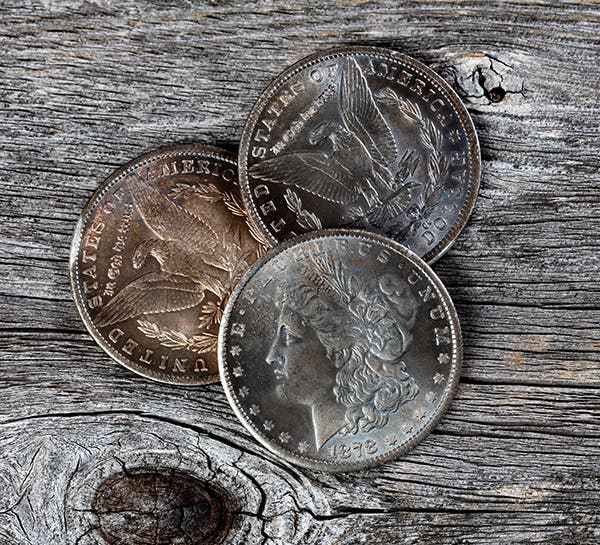Don’t overlook 1921-S Walking Liberty
“Close but no cigar” describes how the 1921-S Walking Liberty half dollar ranks among the key dates of the Walking Liberty half dollar set. While near the top of virtually…
“Close but no cigar” describes how the 1921-S Walking Liberty half dollar ranks among the key dates of the Walking Liberty half dollar set. While near the top of virtually every grade, it is almost never the key date.
That might mean it is a bit overlooked, as people tend to focus on the key dates. However, if you try to assemble a Walking Liberty half dollar set, you will quickly learn that the 1921-S is an awfully good date no matter what the grade.
Right from the start, the 1921-S was in the shadows of the lower-mintage 1921 from Philadelphia, which had a mintage of 246,000, and the 1921-D, of just 208,000. The 1921-S just did not compare very well at 548,000, even though that would generally be seen as a low total.
The fact that the three 1921 Walking Liberty half dollars had a combined total mintage of barely one million was not lost on collectors and dealers. The reason for the low totals? It was 1921 and the economy was in a terrible recession. Coin demand was down.
The secretary of the Treasury needed 200 million silver dollars in a hurry, and that helped to give the Mint something to do. It was probably only good luck that any half dollar production took place that year, since there was none in 1922 and only a small San Francisco total in 1923.
There was very little saving of new half dollar dates, as the denomination was too high for most. Dealers also were not interested in saving quantities. While researching the 1916 Standing Liberty quarter, numismatic authority Q. David Bowers discovered only a couple with “working inventories.”
The likely reason was lack of demand for new issues. Collectors got their own example, leaving little incentive for dealers to acquire rolls unlikely to sell, even potentially better dates.
What, then, happened to all the 1921 half dollars? They simply circulated for years before being pulled by a later generation of collectors.
Boasting the highest mintage of the three, it is not surprising that the 1921-S, valued today at $38 in G-4, is the least expensive option, behind the 1921 at $130 and the 1921-D at $205.
In Mint State, however, the 1921-S pulls way ahead. An MS-60 example is currently valued at $20,000, while the 1921 and 1921-D are both less than $9,000. At present, the 1921-S is the most expensive MS-60 Walking Liberty half.
The problem, of course, is that most collectors focus on MS-65 condition or better. Despite being valued at $104,000 in MS-65, the 1921-S trails the 1919-D, which is currently at $210,000.
To get behind the prices, we find that Numismatic Guaranty Corporation has seen just over 415 examples of the 1921-S in Mint State. In MS-65 or better, the total is 72, with 13 of them being MS-66.
At Professional Coin Grading Service, they have called just over 650 examples of the 1921-S Mint State. Of that total, 117 were considered MS-65 or better, also with 13 being MS-66.
When you add the two major grading service totals, you certainly do not come away with a large supply of the 1921-S in any Mint State grade. A pool of approximately 1,065 Mint State coins (some of which may be repeat submissions), with 189 called MS-65 or better, is not likely to be large enough to satisfy potential demand, as the Walking Liberty half dollar remains a favorite of many collectors today.
This article was originally printed in Numismatic News. >> Subscribe today.
More Collecting Resources
• Are you a U.S. coin collector? Check out the 2017 U.S. Coin Digest for the most recent coin prices.
• The Standard Catalog of World Coins, 1901-2000 is your guide to images, prices and information on coinage of the 1900s.








